[:zh]「我得先走。改天出來喝咖啡聊聊吧!」台北藝穗節表演後,台灣小劇場先驅魏瑛娟老師笑瞇瞇地說。我以為這只是「謝謝再聯絡」類型的客套話,幾天後真收到魏老師的email時可慌了起來。「咱們劇場人可是ㄧ諾千金的唷!」南西得意地說。
不只藝穗節,魏老師也來魔朵藝術祭拍照,很細心地挑了照片供我們使用,並到皮繩愉虐邦和藍絲絨、屍術控的萬聖節party捧場。很感謝她!「像是人體變成花朵一樣綻放開來」,魏老師這麼形容吊縛。確實,我所理解的吊縛表演最可看之處就是隨著肢體逐漸伸展而累積,直到「花開」釋放的張力。只是魏老師也問「可是吊上去之後怎麼辦呢?」這可問到了重點。如何把這張力維持著,持續給觀眾驚喜,的確是考驗每個繩縛表演者功力的難題。
見面當天,魏老師很快切入了主題:皮繩的演出有別人無法取代之處,但以劇場標準而言,表演和技術又還不到位。觀眾們不知怎麼看待。皮繩自己的想法呢?之後我們打算怎麼走?
確實這也是我們正在思考的問題。我與南西試著解釋皮繩的表演如何從學習日本酒吧與攝影會中的 SM 秀開始、發展成同好小型表演、直到目前的形式,以及對未來尚不具體的想法。魏老師很有耐心地聽我們說。她雖僅偶爾提出自己的意見,卻很能引導我們思考。與她說著說著,許多想法也漸漸湧了上來。
不論工作或繩縛,我都有活在大師陰影下,跟著大師腳步的傾向。是以在幾個不同場合當人問起「除了學日本,你們有台灣本土的東西嗎」,我是不以為然的:基本功都還學不好,急著操作國族情結是不是太急了?但與魏老師說著說著,我卻想到:日本的SM表演可依附著SM酒吧和情色表演場生存;台灣沒有這樣的環境,迫使我們走向劇場、與樂團合作。如果因此衍生出不同的表演形式,我們以往一直遺憾的「台灣沒有SM bar」反倒成了blessing. 這有可能嗎?
回程我與南西討論著其他表演形式,也談到劇團的分工等等。與魏老師聊過後覺得多了很多可能,也使我想要嘗試不同的事物。很感謝她的關心與期許,希望我們能變得更好。[:en]”I’ve got to leave soon, but let’s have some coffee and chat a bit some time!” When Ms. Ying-chuan Wei, a pioneer of the little theatre movement in Taiwan, said so after seeing our performance in Taipei Fringe Festival, I thought she was just being polite. Thus I was really surprised when I received her invitation several days later. “We theatre people keep our words!” said Nancy.
Besides the Fringe Festival, Ms. Wei also visited us in the Model Art Festival to take our photos, and attended our Halloween event where we performed with Bluevelvets and Sonic Deadhorse . “Like a flower blooming”, so she described how she sees tsuri. Indeed, the tension gradually built during the trying process and reaching its climax at the moment of “blooming” is, to me, the most fascinating thing to watch in a shibari show. Right on spot, Wei also raised the key question, “but then what? How do you make the untying equally full of surprises?” That is indeed a challenge for all performers.
[nggallery id=2]
In our coffee meeting, Wei quickly cut to the point: while we, with skills adapted from the BDSM scenes, are the only troupe able to do our type of performances, from a theatre point of view, there are still a lot to be improved in aspects such as acting and other technical stuffs. The audience were confused, not knowing how to evaluate us. So, what are our plans?
That was indeed what we were worrying about too. Nancy and I explained how we started from imitating SM performances in Japanese happening bars, to our own private shows for friends, and eventually evolving into the current style, and that we are still working on the next step. Wei patiently listened to us. Without enforcing too much of her opinions, she lead us to think, and gradually many ideas came up.
Work-wise and shibari-wise, I tend to be the type who strictly follow the footsteps of the pioneers. I was in fact dismayed when I was asked in a number of occasions that, besides imitating the Japanese style, do we have something local? I often equate such doubts to the kind of populist nationalism I resent. While discussing with Wei, however, one possibility occurred to me: without SM bars, where Japanese shibari performances often take place, shows in Taiwan have to cooperate with the theatre, or with music events. Could that help to evolve our own style of performance, to the point that the Taiwanese deficiency of not having an SM bar could turn out to be a blessing?
After talking with Wei, many alternatives now appear possible. We are very grateful for her care and her high expectation, which inspire us to improve ourselves.[:ja][:]
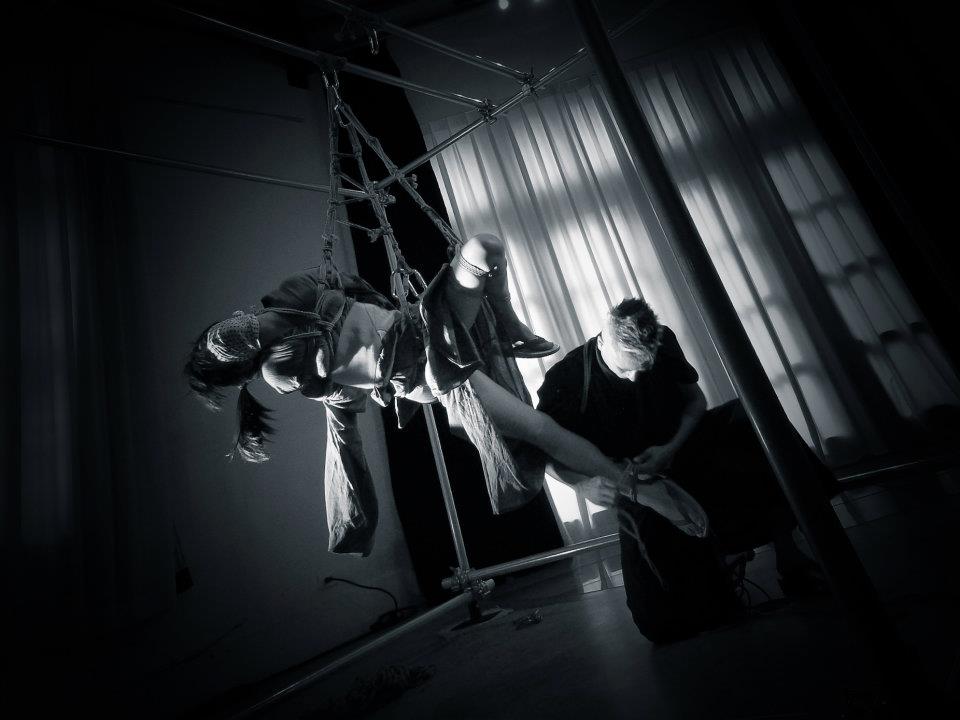
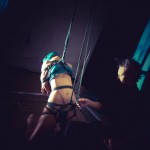
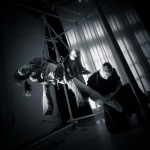
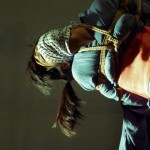

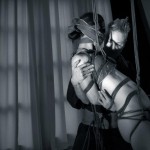
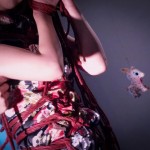

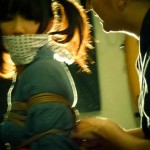

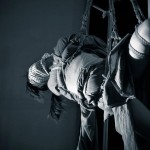
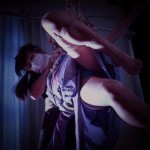

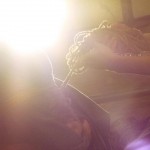
留言
Some of these images are quite striking. Wonderful work. I am curious how you apply the insights discussed in terms of performance. My BA and MA are both in theatre (specialized in acting/directing) so it’s nice to see folks thinking in terms of performance and impact. -Brian
Thanks for the comments, Brian. I owe these pictures to the talented model and good photographer. 🙂 We plan to perform again in the Taipei Fringe Festival this year. Interested in coming and seeing us? (As you know, we did some performance in Comedy Club, where you also had your shows. 🙂 )